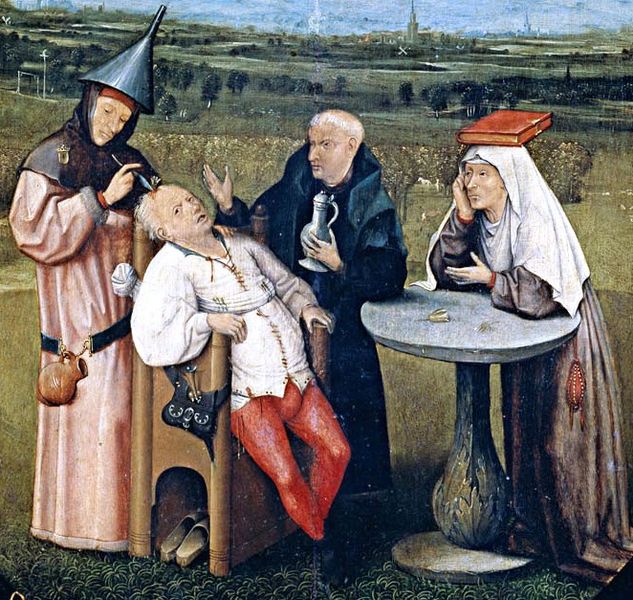The recording of language was a key development in history that allowed civilisations to flourish. Through recording, we could pass on knowledge and wisdom much more efficiently and securely from generation to generation, unlike oral history which can change over time or be lost when a mass casualty event occurs.
The oldest piece of written history comes from Sumeria over 5,000 years ago, but one could argue that cave paintings such as those found in Lascaux Cave extend that history to more than 17,000 years. Archaeologists have used written records from ancient times to help determine what life was like during those times, and what important events occurred throughout history.
Fast forwarding to now, we live in an information era where there has been a massive explosion of the amount of information produced and recorded, thanks to the development of science and technology. One such development is digital media, which allow us to store a staggering amount of data in small hard disk drives. For example, the entirety of Wikipedia (February 2013 estimate) could just fit into a 10 terabyte HDD. If an archaeologist from the future was to access an archive of the internet from now, they could gain so much insight into our history, knowledge and what day to day life.
Nowadays, most of us store our data digitally, including important documents, precious photos and our entertainment such as music and videos. But unfortunately, as efficient digital storage may be, it is far from permanent.
Digital data comes with the downside that it needs continuous backing up, as data can corrupt and the storage medium can fail. A typical hard disk has a life expectancy of around 5 years, after which the drive will start failing. Servers that manage the cloud need constant maintenance.
If humanity were to suddenly disappear, our troves of digital data would be wiped out within less than a 100 years, like dust in the wind. Even if we took great care to maintain our library of data, a single solar storm could create enough electromagnetic interference to wipe every drive clean.
Contrast this to a book, which can stand the test of time up to many millennia as long as it is preserved well. As novelist Umberto Eco put it:
“The book is like the spoon, scissors, the hammer, the wheel. Once invented, it cannot be improved.”
It is a perfect invention.










